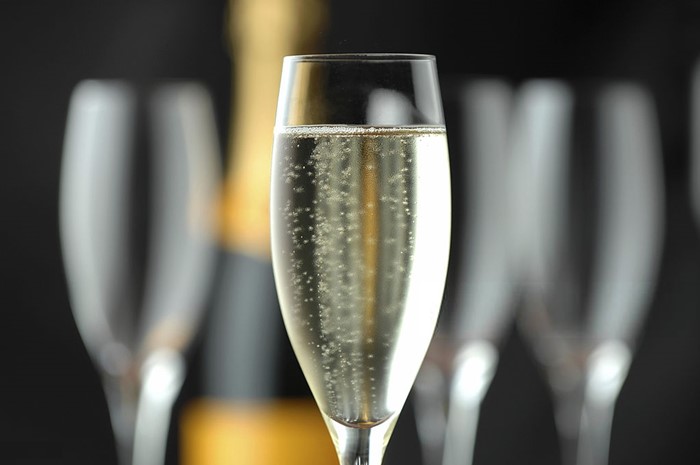New aging techniques boost sparkling wine quality
Enhancing terroir in sparkling wines through new methods
2025-02-06

The sparkling wine industry is exploring new aging techniques to enhance flavor, highlight terroir characteristics, and improve overall quality. In the case of high-end sparkling wines, producers have refined methods that allow them to integrate different vintages, achieving balance and depth in their wines.
The concept of terroir encompasses all natural factors influencing wine production, including soil, topography, and climate. However, evolving market trends have led winemakers to seek techniques that more precisely reflect their wines' origins. Some focus on selecting grapes from a single vineyard or a well-known village, while others express their winery's identity through aging systems such as perpetual reserves or the solera method.
Growing conditions in the region of the world's most renowned sparkling wines are variable, which led producers to develop the tradition of blending different vintages to maintain consistent quality in challenging years. The classic method for non-vintage wines involves creating a base from the most recent harvest and blending it with reserve wines from previous years. This ensures a balance of freshness and complexity in every bottle.
Some wineries have adopted a variation of this system that offers both practical and sensory advantages. Instead of storing wines from each vintage separately, they combine them in a single vessel, saving space and simplifying reserve management. This approach helps maintain stylistic consistency from year to year.
The perpetual reserve method involves adding each new harvest to a blend of older wines, creating a continuous mixture that evolves over time. Each year, young wine contributes freshness, while older vintages add depth and complexity.
Several wineries have been using this method for decades, comparing it to how a chef incorporates a special ingredient to enhance a dish. The key to this system lies in balancing the vibrancy of young wine with the wisdom of aged wine, ensuring house style consistency even in less favorable harvests.
The perpetual reserve method has also been used to create collections that showcase expertise in blending reserve wines. While most non-vintage sparkling wines include only a few recent harvests, this approach allows for a mix of multiple past vintages, ensuring continuity in the wine's profile.
Interest in this method has grown among sparkling wine connoisseurs seeking to understand each winery's distinctive style. Non-vintage wines represent the essence of a producer, and the perpetual reserve system has become a crucial tool for maintaining brand identity over time.
Some wineries implemented this method in the 1990s to preserve freshness and uniformity in their wines. By combining perpetual reserves with traditional barrel fermentation, they have established a distinctive profile that remains consistent across vintages.
Despite its importance in high-end sparkling wine production, the perpetual reserve concept remains relatively unknown to consumers. Many simply recognize whether a wine has the characteristics they enjoy without understanding the details of its production. However, this method has become a key differentiator for producers looking to stand out in a competitive market.
Recognition of the perpetual reserve system is growing among collectors and sparkling wine enthusiasts. Some wineries adopting this method have attracted the attention of those seeking wines with a story and meticulous craftsmanship. Although its use remains limited compared to traditional techniques, it represents an innovative approach to maintaining consistency and complexity in sparkling wines.
Founded in 2007, Vinetur® is a registered trademark of VGSC S.L. with a long history in the wine industry.
VGSC, S.L. with VAT number B70255591 is a spanish company legally registered in the Commercial Register of the city of Santiago de Compostela, with registration number: Bulletin 181, Reference 356049 in Volume 13, Page 107, Section 6, Sheet 45028, Entry 2.
Email: [email protected]
Headquarters and offices located in Vilagarcia de Arousa, Spain.